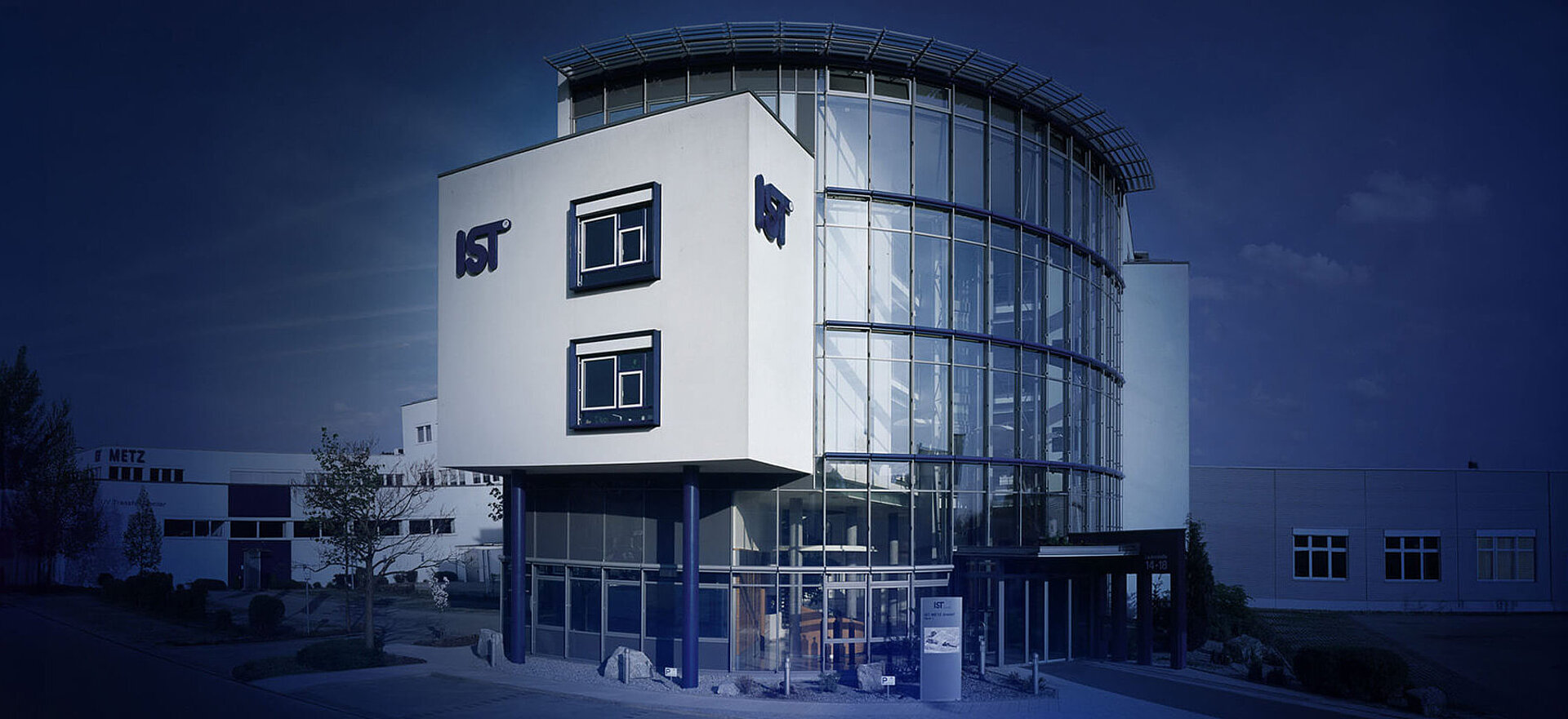The quality of water resources and air is deteriorating worldwide. Industry and agriculture for example, introduce toxins such as pesticides, hormones and microorganisms into the water, which can harm people. Air conditioning and ventilation systems in the working environment, medical technology or the food industry are also indispensable today and can spread harmful germs and bacteria in the air. The occurrence of germs in the supply air can have various causes, such as germinated filters and surfaces. The disinfection of water and air by means of UV technology has long been a proven and safe process worldwide.
Disinfection by UV light
The UV light form low-pressure or medium-pressure mercury vapor lamps inactivates the DNA of the harmful germs and thus reduces the number of germs to the legally prescribed maximum quantity – for example in drinking water. No chemicals are used, nor do undesirable or even harmful by-products arise during disinfection. Pathogens that are resistant to chlorine, for example, are also reliably killed. The natural taste, smell, colour and pH value of the water are not affected by treatment with UV light.
Virobuster and IST Metz join forces against viruses
Eta Plus, the subsidiary of UV system manufacturer IST Metz, based in Nürtingen near Stuttgart in southern Germany, produces UV lamps and electronic ballasts used for these purposes. They are used, for example, in the municipal water treatment plants of Basel, Paris and San Francisco. The UV lamps are used, among other things, to break down pollutants in drinking water, disinfect wastewater, ballast water on ships or in industrial water treatment.
Together with Virobuster GmbH, IST Metz would like to establish the market segment of air disinfection sustainably and successfully through optimized market access and bundled know-how. The company Virobuster was founded in 2002 and initially established itself in the medical market before expanding into food production. Already in 2002, Virobuster started to develop the UVPE technology (Ultraviolet Pathogenic Elimination) in close cooperation with international institutes. The reduction of fungi, bacteria and viruses in the air has significant effects on air quality. The air is passed through the UVPE field and the DNA of the microorganisms is blocked (thymine blockade). This prevents further cell division and makes the microorganisms harmless. In the medical sense this means that the microorganisms are no longer infectious. In the industrial sense it means that no further decay of the products take place. The dose required for enough deactivation depends on the type of organisms and their intensity – and on how long they are exposed to the UV field.
